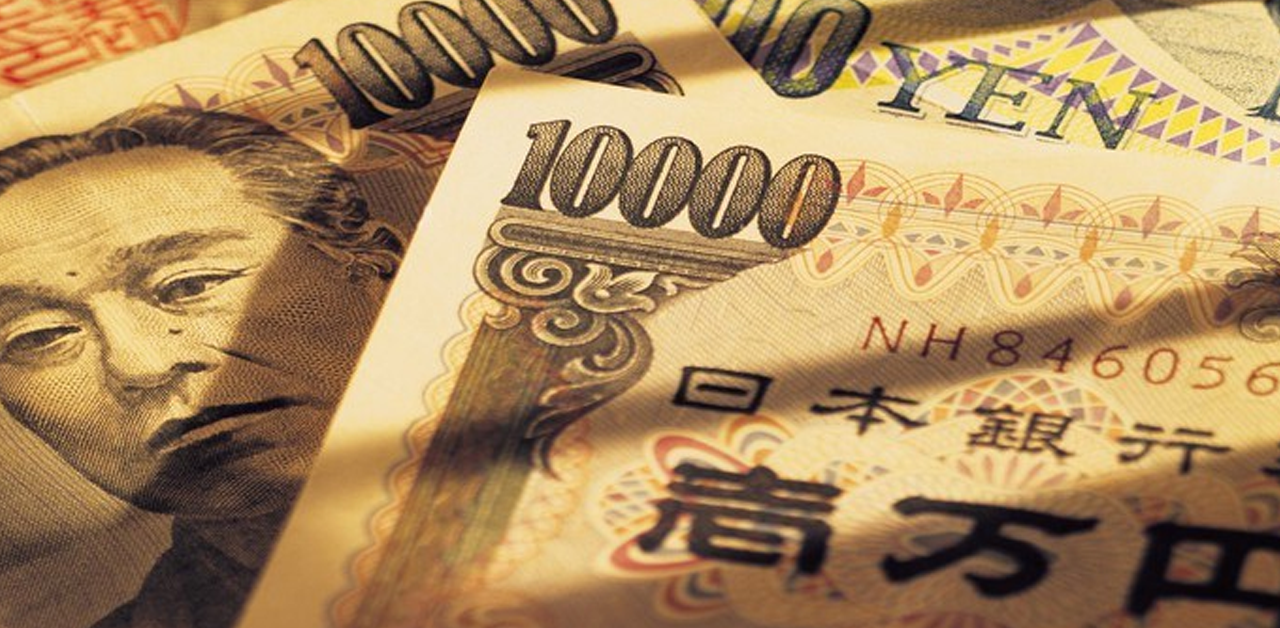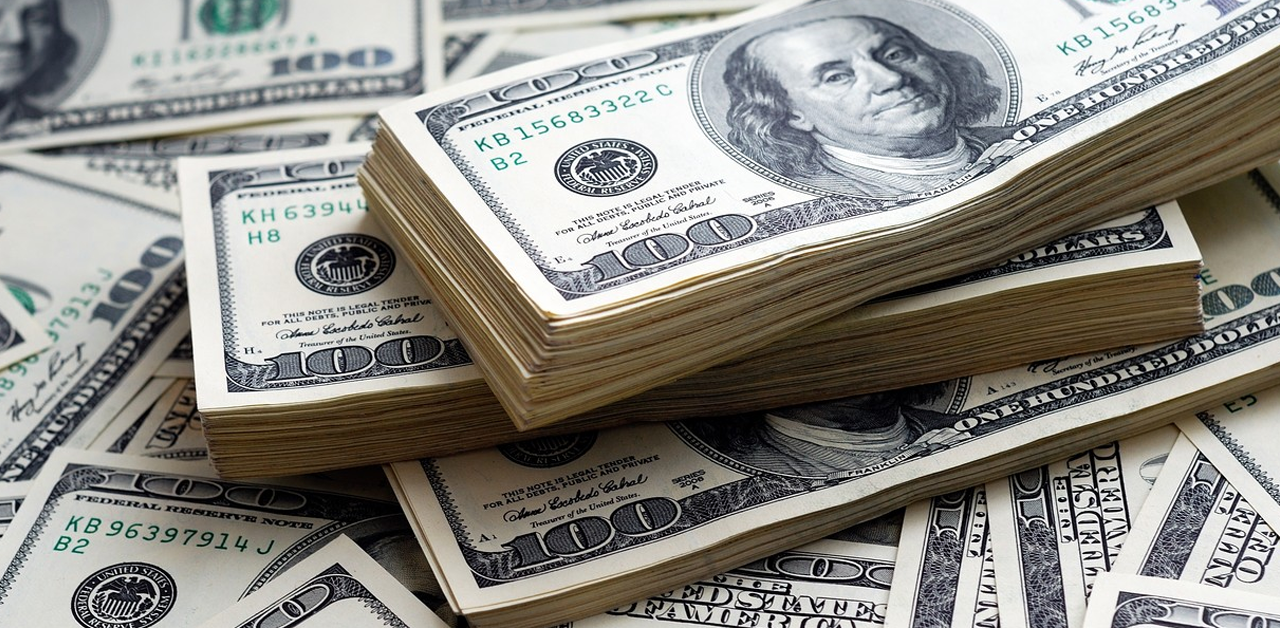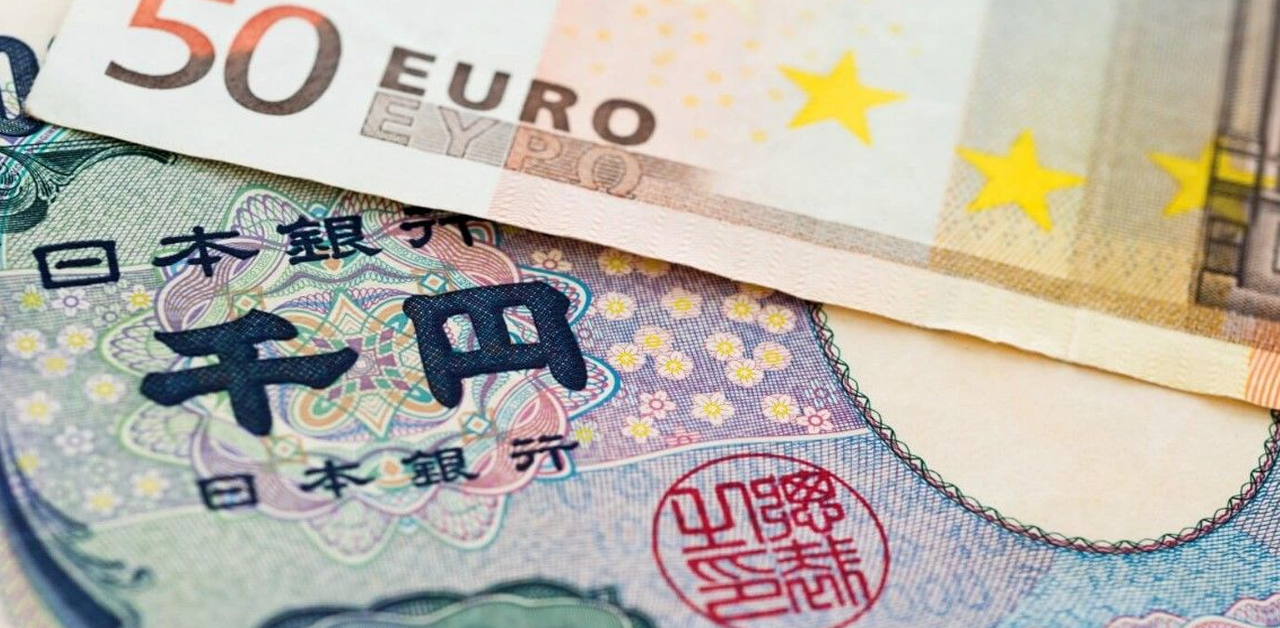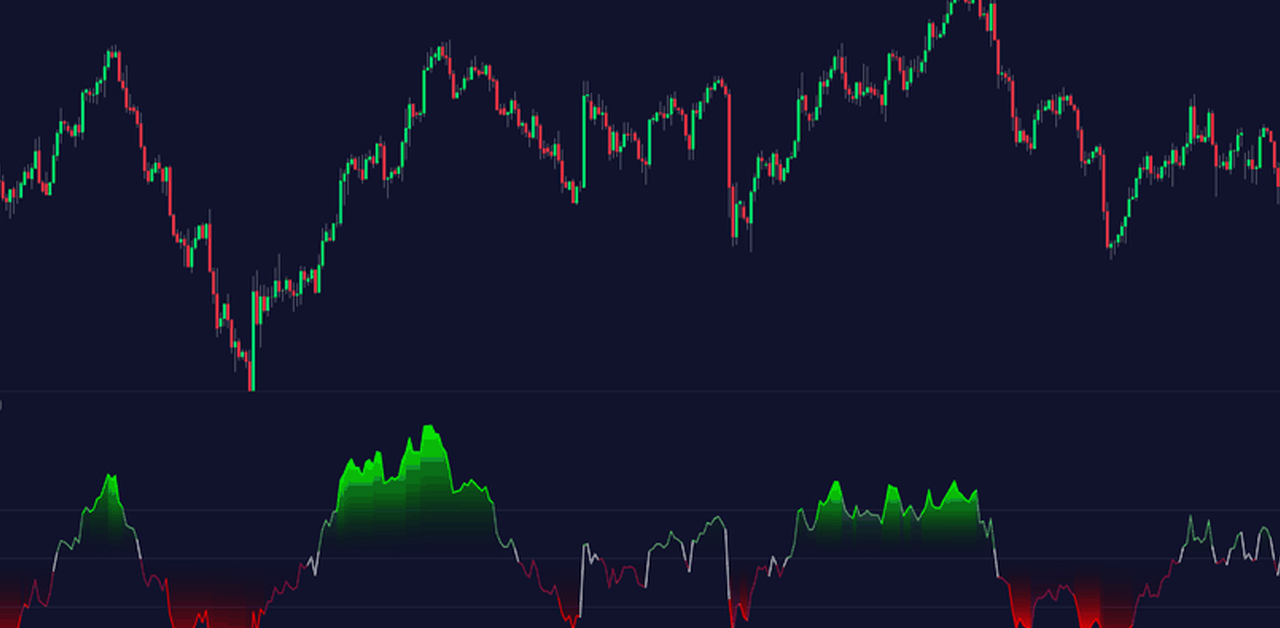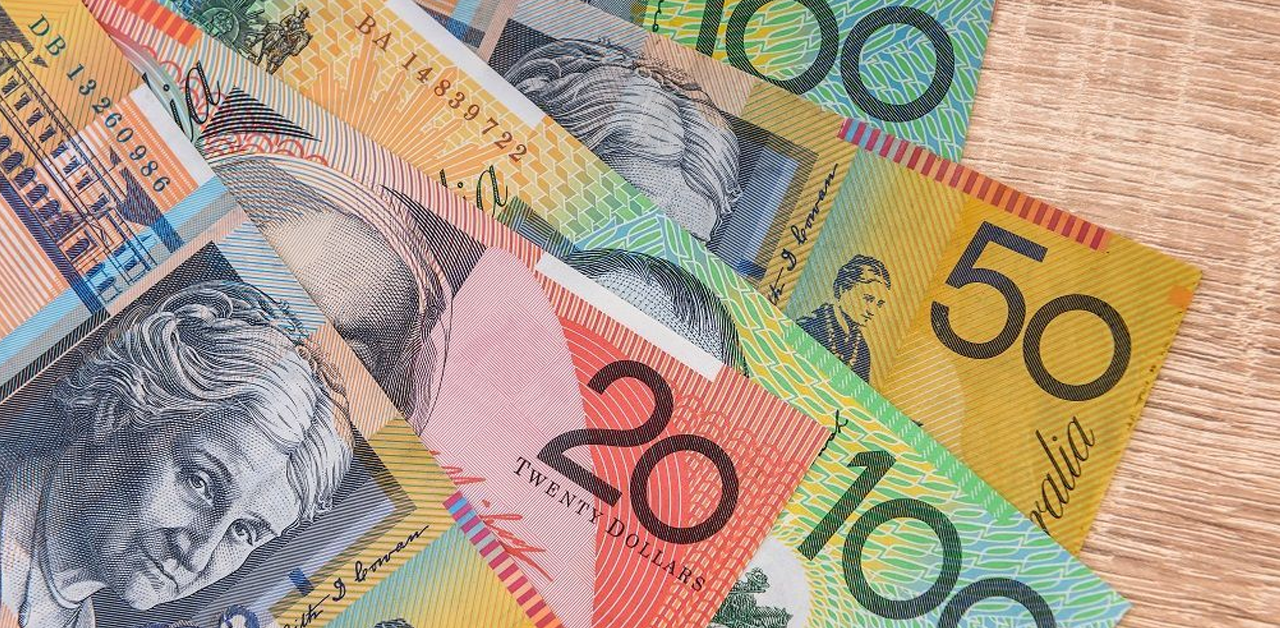Japanese Yen Moves Sideways Despite Hawkish BoJ Signals
The Japanese Yen (JPY) traded sideways against the US Dollar (USD) on Thursday, even as a recent Reuters poll, conducted from August 13-19 and published on Wednesday, showed that 31 out of 54 economists expect the Bank of Japan (BoJ) to raise borrowing costs before the end of the year. The median forecast predicts a 25 basis point hike, which would bring the year-end rate to 0.50%.
Despite these hawkish expectations, the USD/JPY pair gained ground as the Yen weakened following the release of a record trade deficit report on Wednesday. Traders are now eagerly awaiting BoJ Governor Kazuo Ueda’s appearance in parliament on Friday, where he is expected to discuss the central bank’s recent decision to raise interest rates.
On Thursday, the US Dollar edged higher, supported by a modest recovery in Treasury yields. However, the Greenback’s gains could be limited as the Federal Reserve is expected to implement up to 100 basis points (bps) in rate cuts throughout 2024. Market analysts remain divided on whether the Fed will opt for a 25 or 50 bps cut at its September meeting.
According to the CME FedWatch Tool, the probability of a 25 basis point Fed rate cut at the September meeting has decreased to 65.5%, down from 71.0% the previous day. Conversely, the likelihood of a 50 basis point rate cut has risen to 34.5% from 29.0%.
Market Movers: Japanese Yen Holds Steady Ahead of BoJ Governor Ueda’s Speech
Traders are exercising caution ahead of Federal Reserve (Fed) Chair Jerome Powell’s keynote address at the Jackson Hole Symposium on Friday. Powell’s remarks could provide crucial insights into the Fed’s potential interest rate cuts in the United States.
The minutes from the Fed’s July policy meeting revealed that most officials anticipated a likely rate cut in September, provided inflation continues to cool.
Japan’s Merchandise Trade Balance showed a deficit of ¥621.84 billion in July, a sharp reversal from the ¥224.0 billion surplus reported in June, and fell short of market expectations of a ¥330.7 billion deficit. Imports surged by 16.6% year-on-year in July, reaching a 19-month high of ¥10,241.01 billion, up from a 3.2% increase in June. Meanwhile, exports grew by 10.3% YoY to a seven-month high of ¥9,619.17 billion, missing market forecasts of 11.4%.
Fed Governor Michelle Bowman expressed caution on Tuesday, highlighting ongoing upside risks to inflation and warning against overreacting to individual data points, which could undermine the progress already made, according to Reuters.
The Bank of Japan (BoJ) had forecasted that strong economic recovery would help inflation sustainably reach its 2% target, justifying further rate hikes following last month’s increase as part of the BoJ’s efforts to unwind years of extensive monetary stimulus, Reuters reported.
On Sunday, Federal Reserve Bank of San Francisco President Mary Daly emphasized the need for a gradual approach to reducing borrowing costs, while Federal Reserve Bank of Chicago President Austan Goolsbee warned against maintaining a restrictive policy longer than necessary, according to the Financial Times and CNBC, respectively.
On Thursday, Kazutaka Maeda, an economist at Meiji Yasuda Research Institute, commented that recent economic reports are broadly positive, supporting the BoJ’s stance and signaling the potential for further rate hikes, though the central bank would remain cautious after the last rate increase caused a sharp spike in the Yen.
Technical Analysis: USD/JPY Holds Above 145.00
USD/JPY is trading around 145.20 on Thursday. A look at the daily chart shows the pair consolidating under a downtrend line, suggesting a bearish bias. The 14-day Relative Strength Index (RSI) is slightly above 30, indicating the potential for a correction.
On the downside, the USD/JPY pair could find support around the psychological level of 144.00. A break below this level could lead the pair toward the seven-month low of 141.69, recorded on August 5, with further declines potentially targeting the next significant support level at 140.25.
On the upside, immediate resistance could be found at the downtrend line near the nine-day Exponential Moving Average (EMA) at 146.45. A break above this level could weaken the bearish outlook, allowing the pair to test the resistance at 154.50, which has transitioned from previous support to current resistance.

